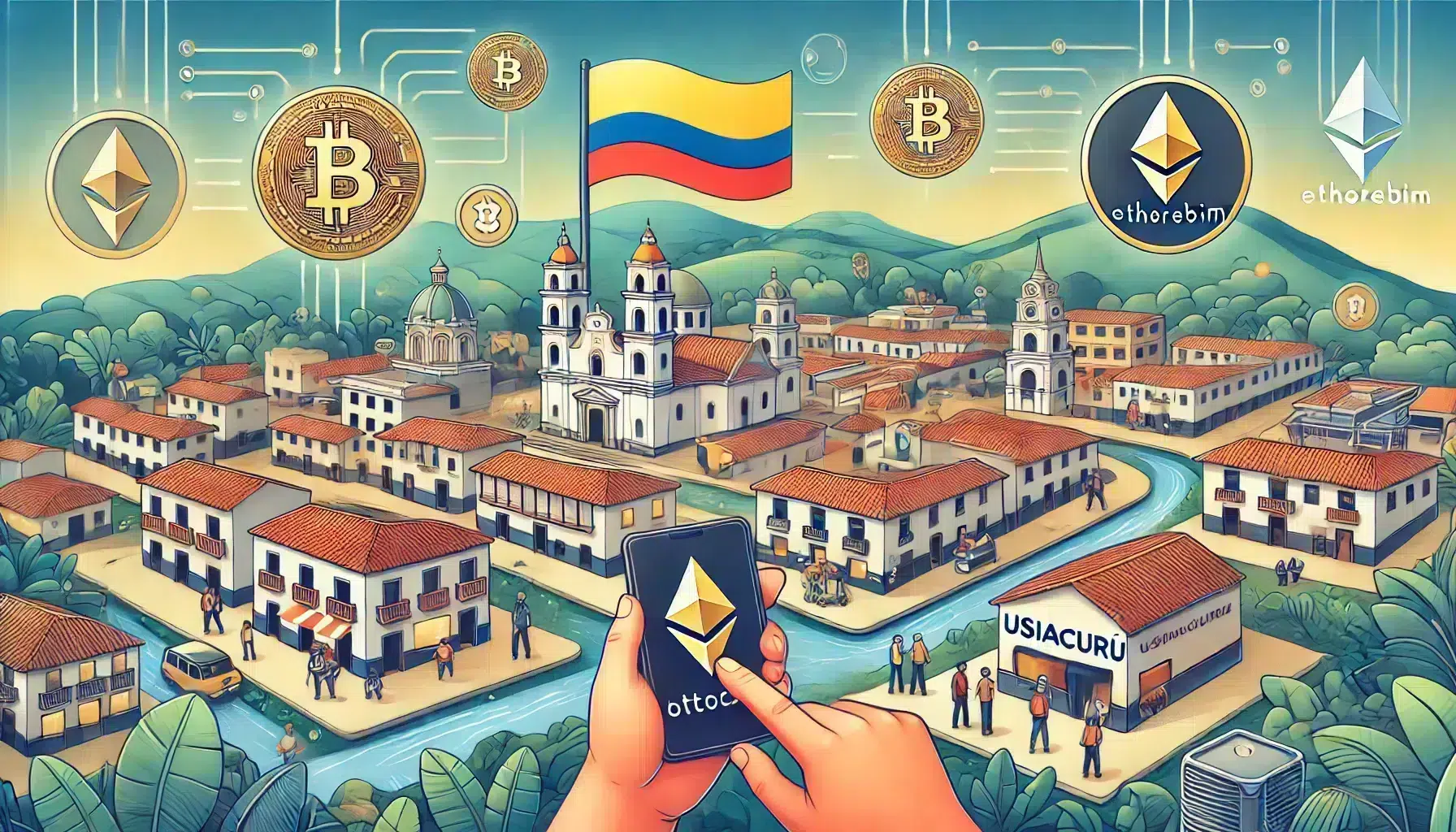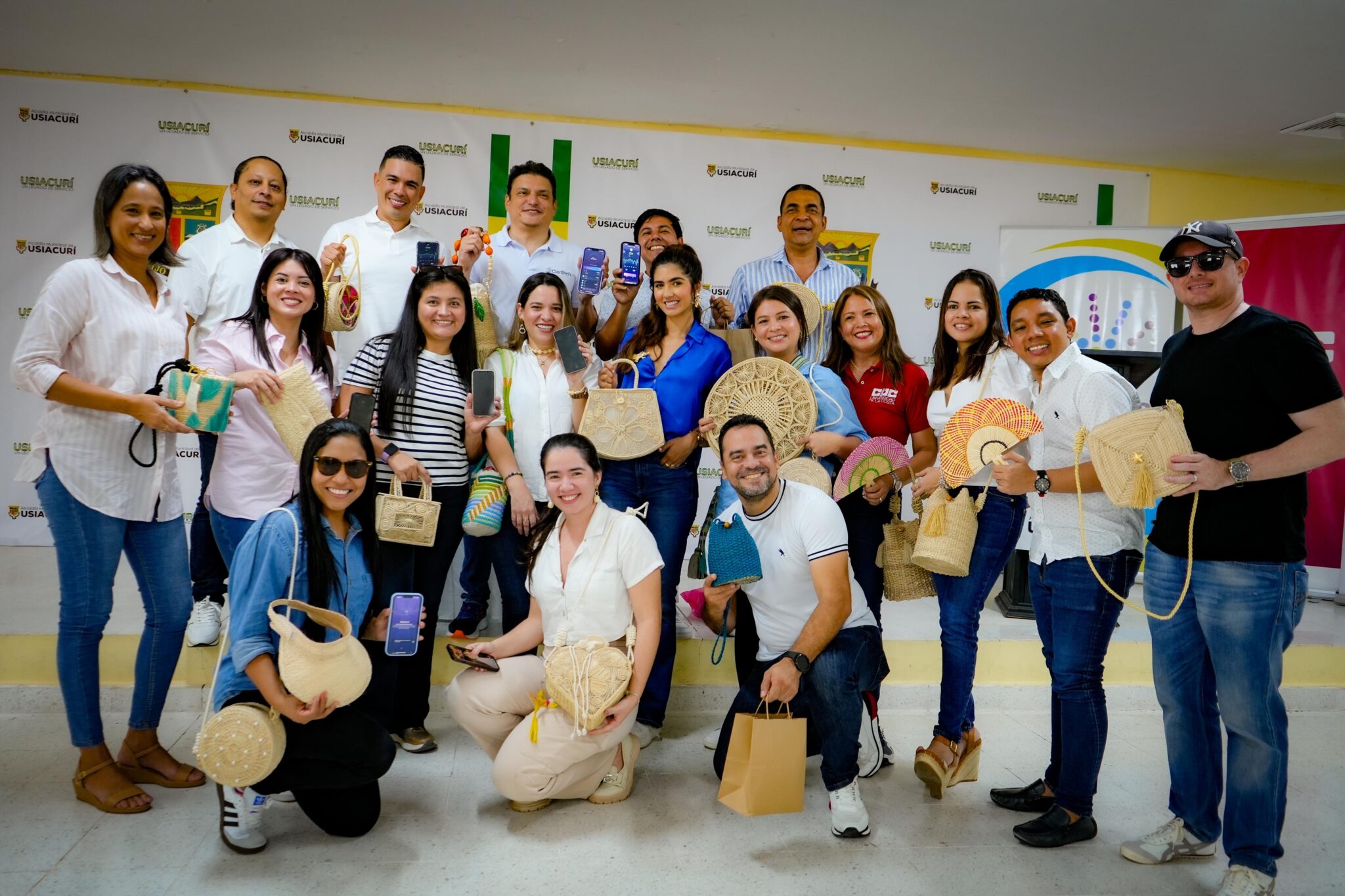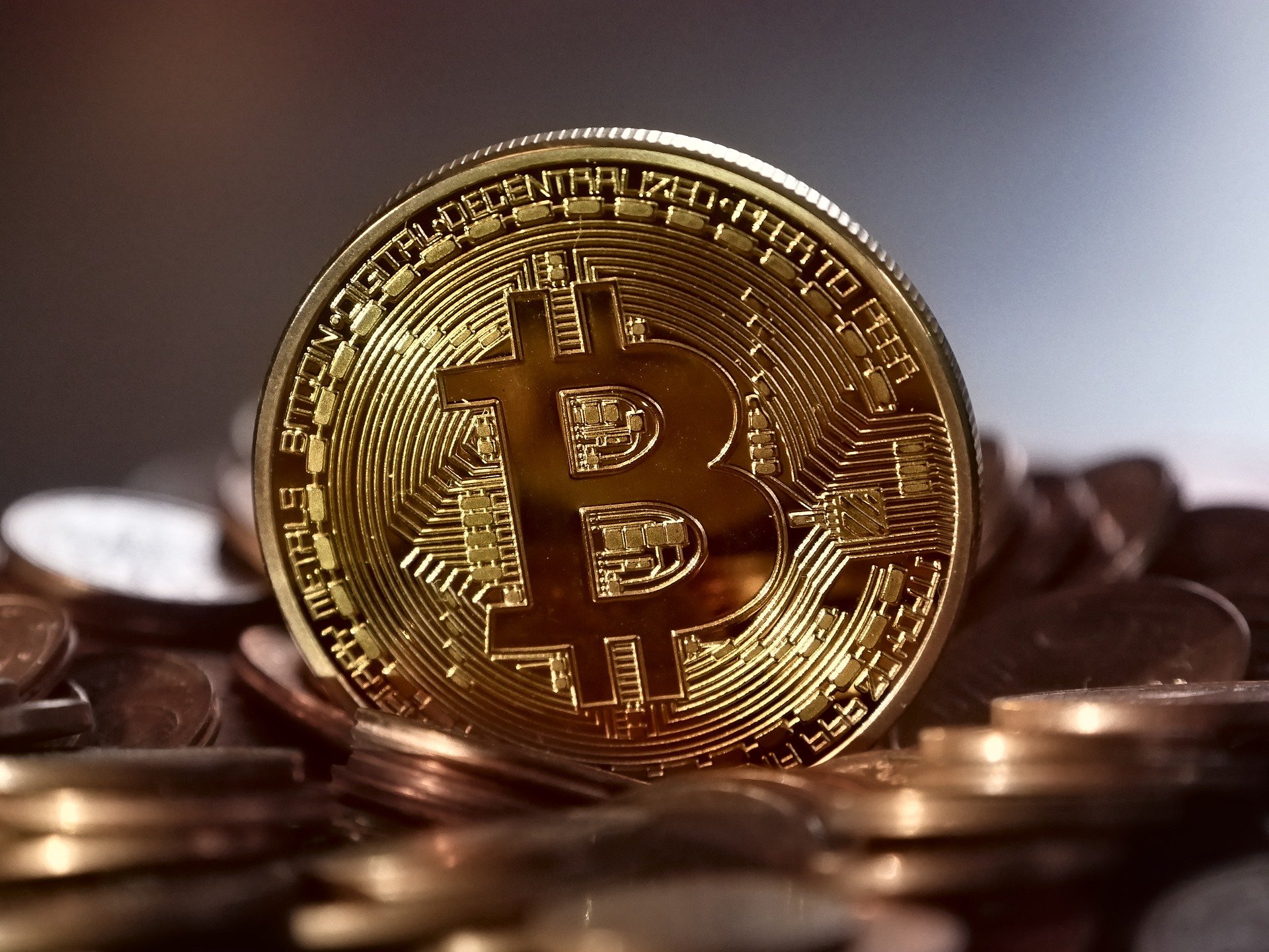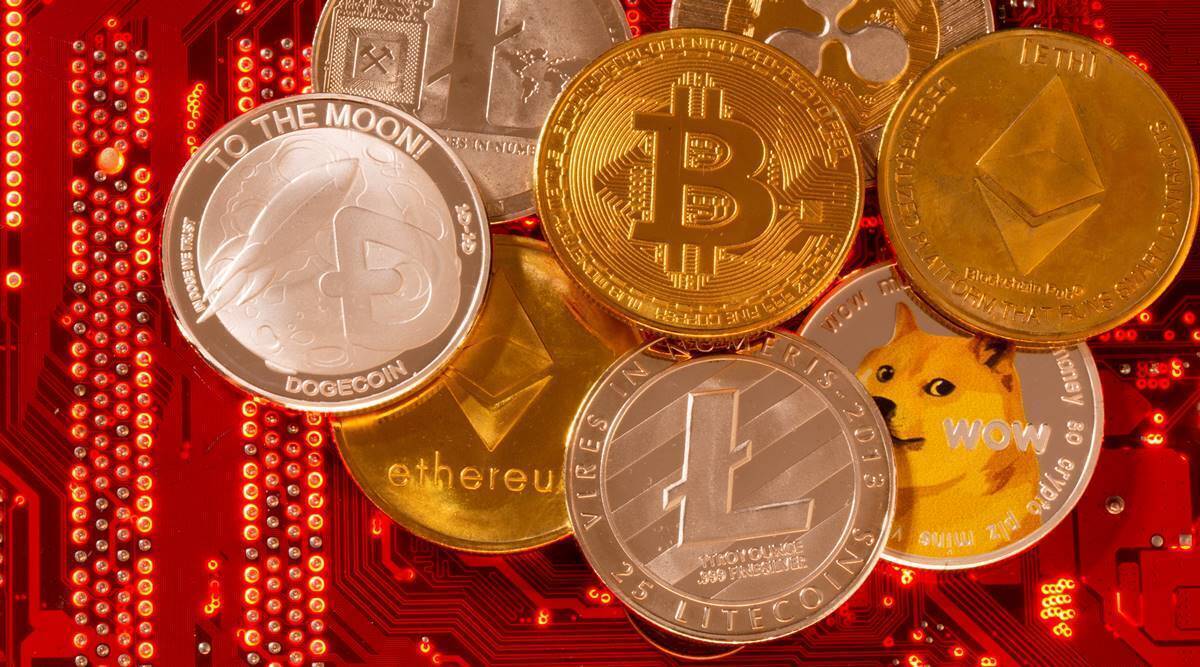Crypto
Traders in dilemma over disclosing cryptocurrency as foreign asset

They are unsure whether to disclose their ‘overseas’ crypto holdings. Does transferring the coins from a wallet in an Indian exchange to a digital purse offered by an overseas exchange makes the VDAs a ‘foreign asset’ in the eyes of the Income tax (I-T) authorities? If it does, then hiding the information would be a gross violation. However, if they disclose the VDAs (transferred through the blockchain network) as ‘foreign assets’, it may be later construed as a breach of the Foreign Exchange management Act (FEMA).
Simply because moving cryptos originally purchased in India to a wallet abroad can be interpreted as cross-border flow of currency in the garb of VDAs. And, reporting of any foreign asset without any matching remittance of currency through the banking channels could be questioned later.
No clear answers
Today no one knows whether cryptos from an Indian exchange to a foreign wallet is a kosher transaction under the stringent foreign exchange regulations.
“Whether cryptocurrencies are assets at all, and if these are, are the cryptos in India or outside…these are burning questions without clear answers. However, reporting of foreign assets in the tax return form is to be considered from a disclosure perspective and not as a balance sheet reproduction,” said Rutvik Sanghvi, Partner at the CA firm Rashmin Sanghvi & Associates.
Discover the stories of your interest
 ETtech
ETtechA taxpayer has to report ‘income from transfer of VDAs’ in the ITR, requiring him to pay tax on the money he makes from a crypto sale. While there is no explicit provision for disclosing VDA assets, many professionals think it should be reported.
So, a person holding Bitcoins in a Binance wallet should ideally disclose the VDAs as part of her overall assets (AL or asset-liability Schedule) as well as report them as ‘other assets’ under the Foreign Asset (FA) Schedule in the ITR form.
“On a conservative basis, cryptocurrencies held in a wallet operated by a foreign company, as well as those purchased through the Liberalised Remittance Scheme (LRS) route, should be reported under Schedule FA to avoid penal consequences. With amendments in the Common Reporting Standard (CRS) and development of the Crypto-Asset Reporting Framework, information on these ‘assets’ will be available with the Indian Government sooner if not later,” say Sanghvi and fellow CAs Kartik Badiani and Mahesh Nayak in “Disclosure of Foreign Assets and Incomes”, a book jointly authored by them and published by the Bombay Chartered Accountants Society.
Till banks clamped down on the use of LRS for buying cryptos abroad, many resident individuals (who are allowed to remit upto $250,000 a year under LRS for acquiring certain capital assets) used the route to transfer funds overseas to buy cryptos. They are in the clear and may probably disclose their crypto holdings in the AL and FA schedules of the ITR if their total income exceeds Rs50 lakh.
FEMA a lesser evil than BMA
However, over the past two years as more and more banks in India blocked payments for crypto deals, many traders shifted their coins in wallets of foreign exchanges. Such asseesses today face the predicament over disclosing the coin holdings with overseas exchange wallets. But, a large number of practitioners believe that even if such transfers were a transgression of FEMA, disclosing them could mean less trouble.
“Violation of FEMA, though serious, is still better than defaulting under Black Money Act. It is advisable to report all foreign assets as the Black Money Act is in itself very draconian and punitive. Moreover, there is always a threat of the BMA order being shared with the Enforcement Directorate,” said Amit Maheshwari, partner at AKM Global, a tax and consulting firm.
Unlike overseas banks which share data of accounts of Indians, crypto exchanges are yet to part with similar information about traders. But that may change in the coming years as governments and central banks discuss ways to strip crypto deals of their anonymity to track the flows of coins and their beneficiaries.

Crypto
What Is Celestia (TIA) Cryptocurrency?

The native token of the Celestia blockchain, TIA has a market capitalisation of over $US1.3 billion. That places it in the top 100 coins globally, but the token’s value seems to be trending downwards.
TIA started the year at around $US12, reached an all-time high of over $US20 in February, and at the time of writing was worth $US6.90. Of course that’s still up over 200% on its initial listing price of $US2.08 around 240 days prior.
Celestia is a Layer 1 blockchain, designed to be ‘modular’ in nature with the goal of making it easy for developers to launch their own blockchain. Development time is primarily reduced by enabling developers to combine existing rollup (aka Layer 2 scaling solution) technology options to create their own customised stack. Celestia lets you can build an independent blockchain where:
- The ‘execution’ layer of the blockchain—where smart contracts and transactions happen—can be separate from the consensus mechanism.
- The blockchain’s consensus mechanisms and data availability functions leverage Celestia infrastructure, including its network validators.
The Celestia project was initiated in 2019 by co-founders Mustafa Al-Bassam and Ismail Khoffi and attracted considerable venture capital investment including a $US1.5 million seed round in 2021 and $US55 million raised in 2022. Celestia is built on the Cosmos SDK framework.
What Is the TIA Token?
One billion TIA tokens were created, with 20% for public allocation. Its current circulating supply is around 193 million. More tokens owed to initial investors will be gradually unlocked over coming years—which can be freely traded—with the first unlock event in October this year.
The TIA token’s role in the Celestia blockchain is three-fold:
- Developers use TIA to pay gas fees on transactions and to publish data to what’s known as a ‘blobspace’ on the network’s data availability layer.
- Network validators and delegators stake TIA to support network consensus activities—verifying and securing transactions across a decentralised network of computers—as Celestia is a proof-of-stake blockchain. Validators and delegators also earn staking rewards in the form of TIA.
- TIA holders get some governance powers, being able to propose and vote on proposals to change a subset of network parameters.
Celestia’s TIA token is not to be confused with the token of the Tiamonds project, which also trades under the TIA symbol. The alternate TIA is a token distributed to owners of tokenised diamonds sold via the Tiamonds platform—which touts itself as the world’s largest tokenised diamond marketplace.
Crypto
Usiacurí Pioneers Cryptocurrency Integration in Colombia with the Crypto District Initiative

- Usiacurí becomes Colombia’s first municipality to integrate cryptocurrencies like Bitcoin, Tether, and Tron into its economy.
- The “Crypto District” initiative is a partnership between Usiacurí’s municipality, Certika, Universidad de la Costa, and Corporación CienTech.
Usiacurí, a quaint coastal town in Colombia, has taken a pioneering step by becoming the country’s first municipality to legally incorporate cryptocurrencies into its local economy. Launched on June 21, this innovative move is part of the “Crypto District” project, a collaborative effort between the Usiacurí municipality, Certika, Universidad de la Costa, and Corporación CienTech.

This initiative allows the use of cryptocurrencies such as Bitcoin, Tether, and Tron for both tourists and local residents to conduct transactions. The integration of digital currencies into Usiacurí’s economy is aimed at addressing the needs of foreign tourists and adapting to the demands of an increasingly globalized and digital world.
As we have written in Crypto News Flash, it positions Usiacurí at the forefront of financial technology by enabling artisans and local businesses to transact using blockchain technology, thus providing a fast and secure payment method.
Beyond facilitating e-commerce, the project is designed to boost the local economy by enabling artisans and small businesses to seamlessly sell their goods and services using blockchain technology. This move is expected to transform how commercial transactions are conducted in Usiacurí, enhancing efficiency and security for both buyers and sellers.
The inspiration for the “Crypto District” came from Bitcoin’s adoption in El Salvador, which you can read more about in our coverage in Crypto News Flash, which was closely studied by Tito Crissien, the executive director of CienTech and an advisor at Universidad de la Costa. The university has been instrumental in the project, providing research and academic support through its studies on blockchain and its applications.
Crissien commented:
“The participation of the Universidad de la Costa was fundamental throughout the entire process, since through its teachers and researchers they have been strengthening the line of research into blockchain and its applications, such as this tool that “It allowed us to turn Usiacurí into the first municipality with a cryptocurrency district, generating more sales in its tourism and hotel sector.”
Usiacurí’s mayor, Julio Mario Calderón, expressed his enthusiasm about the initiative, highlighting its potential to attract visitors and establish the municipality as a key destination for cryptocurrency enthusiasts. According to reports, over 60 local artisans, three hotels, two tourist guide agencies, and seven restaurants are already participating in the project.
At the project’s launch, local artisans were equipped with cryptocurrency wallets and trained to conduct their first transactions. This initiative not only enhances Usiacurí’s tourism and hospitality sectors but also positions it as an innovative model for integrating crypto technology into municipal management and local commerce.
No spam, no lies, only insights. You can unsubscribe at any time.
Crypto
COVID-induced social isolation drove cryptocurrency investment up 75%

Lockdowns during the COVID-19 pandemic saw an exponential rise in cryptocurrency investments which was partially driven by the stress of social isolation, QUT researchers have found.
The study’s results have major implications for financial advisors, marketers and policymakers on how to curb excessive risk-taking among isolated individuals.
The article, “Social isolation and risk-taking behavior: The case of COVID-19 and cryptocurrency,” was published in the Journal of Retailing and Consumer Services.
Dr. Thusyanthy Lavan and Professor Brett Martin, from the QUT School of Advertising, Marketing and Public Relations, with overseas colleagues, studied the consumer interest in cryptocurrency during the pandemic.
Dr. Lavan said the team looked at the impact of the pandemic’s prolonged enforced social isolation coupled with economic instability that drove risk-taking behavior, particularly in cryptocurrency investment.
“At the beginning of the pandemic, in January 2020, market capitalization of these online currencies was about $191 billion but had surged to $769 billion by December 2020,” Dr. Lavan said.
“This shift is underscored by the significant increase in the Bitcoin price, up 700% from March 2020 to March 2021.
“The attraction of these high-risk investments could be linked to their perceived potential for high returns during times of economic instability and market volatility.
“A further factor might be people’s tendency to try to reinstate some control in their lives and gravitate toward more autonomous and seemingly empowering activities, such as trading in cryptocurrencies.
“With this in mind, our aim was to look for the broader psychological responses to social isolation that catalyzed these changes in consumer decision-making, particularly in adopting new, and potentially riskier behaviors.
“Previous research has established the direct effects of social isolation on risk-taking behavior in non-purchase situations such as sharing of personal information on social media, but this is one of the first studies to examine risky purchase behavior.”
Professor Martin said they conducted a survey in December 2022 during a lockdown period in Australia of 216 participants screened for awareness of and familiarity with cryptocurrency but who were not current investors.
“By focusing on potential future investors, we aimed to capture unbiased perceptions and insights into cryptocurrency investment decisions,” Professor Martin said.
“Our survey sought to identify how three psychological constructs—perceived stress, sense of control and neuroticism—might underlie the relationship between social isolation and risk-taking behavior.
“Perceived stress is a personal interpretation of stress regarding a situation in a person’s life they consider to be beyond their adaptive capacities, while sense of control reflects a person’s belief in their ability to influence events and outcomes in their life.
“Neuroticism is a tendency to experience negative emotional states such as anxiety and impulsiveness.
“Our analysis of the results showed that perceived stress, rather than a sense of control or neuroticism, plays a key role in driving risk-taking behaviors during periods of social isolation.
Professor Martin said the researchers were not criticizing cryptocurrency.
“To be clear, my recently published research has shown how the process of cryptocurrency investing can have a positive effect on peoples’ lives.
“In this project, we looked at the effect of lockdowns and isolation-induced risk-taking. This research can provide insights on developing better support strategies for vulnerable populations.”
The research team comprised Dr. Lavan, Professor Martin, and Professor Weng Marc Lim and Professor Linda Hollebeek from Sunway University, Malayasia.
More information:
Thusyanthy Lavan et al, Social isolation and risk-taking behavior: The case of COVID-19 and cryptocurrency, Journal of Retailing and Consumer Services (2024). DOI: 10.1016/j.jretconser.2024.103951
Provided by
Queensland University of Technology
Citation:
COVID-induced social isolation drove cryptocurrency investment up 75% (2024, June 25)
retrieved 25 June 2024
from https://phys.org/news/2024-06-covid-social-isolation-drove-cryptocurrency.html
This document is subject to copyright. Apart from any fair dealing for the purpose of private study or research, no
part may be reproduced without the written permission. The content is provided for information purposes only.
-

 News1 week ago
News1 week agoIt's easy to believe young voters could back Trump at young conservative conference
-

 World1 week ago
World1 week agoSwiss summit demands 'territorial integrity' of Ukraine
-

 World1 week ago
World1 week agoProtesters in Brussels march against right-wing ideology
-

 News1 week ago
News1 week agoA fast-moving wildfire spreads north of Los Angeles, forcing evacuations
-

 World1 week ago
World1 week agoAl-Qaeda affiliate claims responsibility for June attack in Burkina Faso
-

 Movie Reviews1 week ago
Movie Reviews1 week agoShort Film Review: Willow and Wu (2024) by Kathy Meng
-

 News1 week ago
News1 week agoMass shooting at Rochester Hills splash pad: Everything we know
-

 Movie Reviews1 week ago
Movie Reviews1 week agoMovie Review: Top 5 Movies to Watch This Father's Day June 16, 2024 –
















